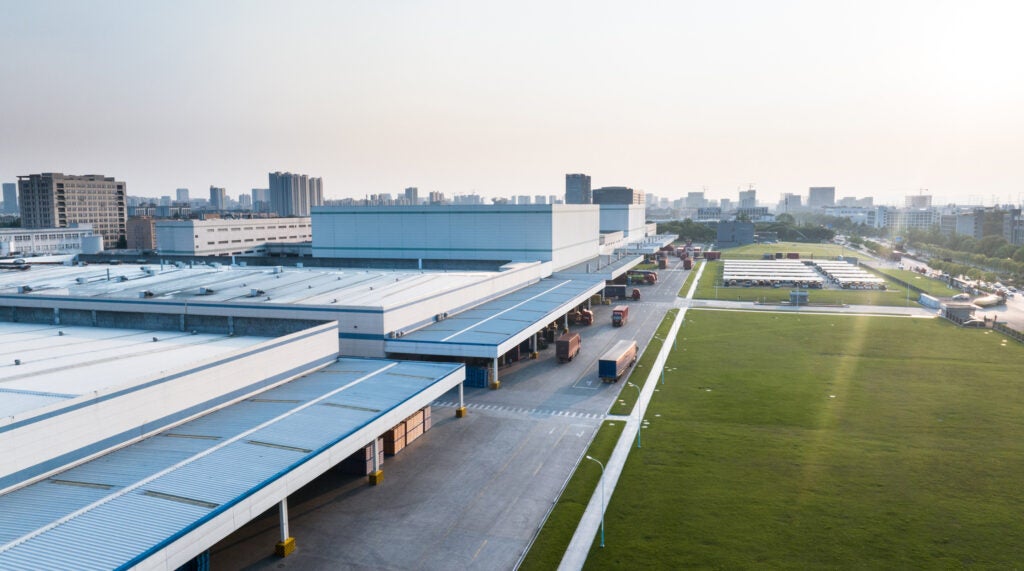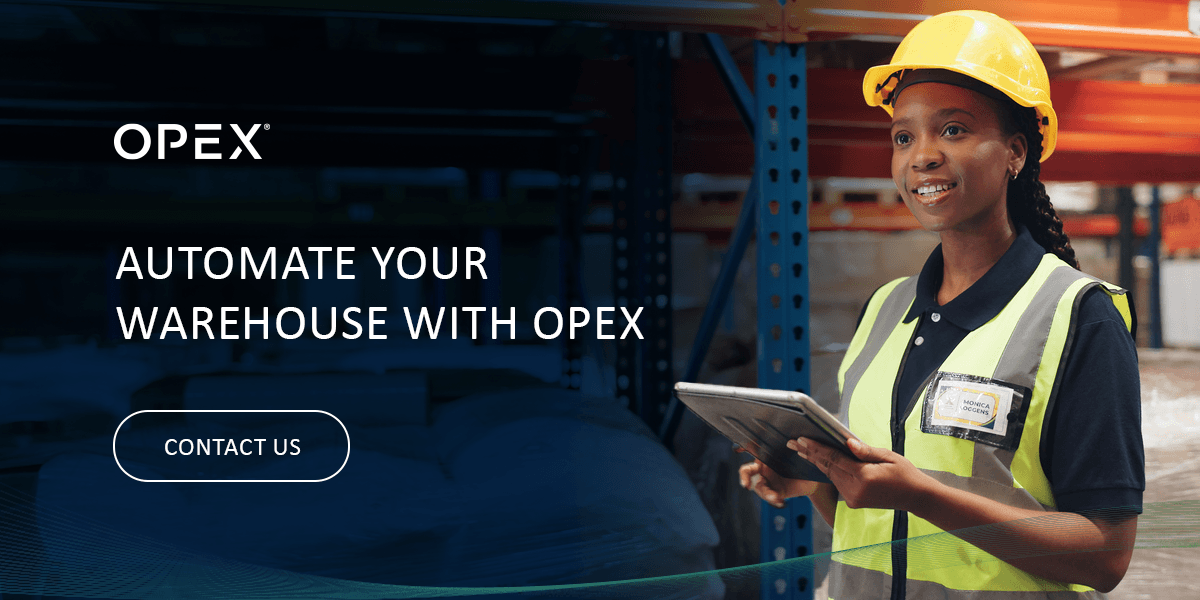60-Second Summary
Sustainability is a critical strategic priority for logistics and warehousing firms in the UK. Customers expect greener supply chains, investors demand transparent ESG reporting, and government policies are tightening. Yet, ESG isn’t just about compliance or public relations. When integrated meaningfully into business strategy, ESG can drive efficiency, reduce risk, attract top talent, and position your operation for long-term success.
Setting Clear Sustainability Goals and Targets
Establishing defined, measurable sustainability goals forms the foundation of a successful ESG (Environmental, Social, and Governance) strategy. Yet for many logistics operators, especially SMEs (small and medium enterprises), the challenge is knowing where to start.

Align with What Matters
Start by mapping your goals to high-impact areas within your operation, typically including carbon emissions, energy use, packaging waste, vehicle fleet efficiency, and warehouse energy performance. For instance, your goals might include:
- Achieving net zero Scope 1 and 2 emissions by 2040
- Transitioning 50% of your fleet to electric or low-emission vehicles by 2030
- Reducing warehouse energy consumption by 25% over five years
Linking goals to government targets, such as the UK’s 2050 Net Zero mandate or incoming MEES (Minimum Energy Efficiency Standards) compliance requirements, ensures your strategy remains relevant.
Use A Phased, Realistic Approach
Set interim milestones to show progress and retain momentum. For example:
- Short term (1–2 years): Switch warehouse lighting to LED, introduce solar panels
- Medium term (3–5 years): Transition half the delivery fleet to electric
- Long term (6–10 years): Achieve full electrification of last-mile logistics and BREEAM Excellent warehouse certification
These goals should be ambitious yet achievable. Setting unrealistic targets risks stakeholder disengagement and greenwashing allegations.
Measuring and Report on ESG Performance
You can’t manage what you don’t measure. That’s why robust ESG data tracking and transparent reporting are critical to demonstrating progress and building trust.
Select the Right ESG KPIS
ESG metrics will vary by business size, structure, and industry niche, but typical logistics KPIs might include:
- Carbon emissions per delivery mile
- Energy usage per square metre of warehouse space
- Number of deliveries made using electric or low-emission vehicles
- Percentage of recycled or reusable packaging materials used
- Employee engagement in sustainability initiatives
The use of smart sensors, WMS, and energy management systems can support real-time tracking and reporting.
Embrace Standards and Frameworks
Adopt recognised ESG reporting frameworks such as:
- TCFD (Task Force on Climate-related Financial Disclosures)
- GRI (Global Reporting Initiative)
- SBTi (Science-Based Targets initiative)
- SECR (Streamlined Energy and Carbon Reporting)
These provide consistency, credibility, and comparability, especially when pitching to large clients or seeking investment.
Warehouses using platforms like OPEX® RPM® (Remote Performance Monitor) software can track machine efficiency, power consumption, and availability to improve their ESG data accuracy while supporting continuous optimisation.
Engaging Employees and Stakeholders in Sustainability Initiatives
Embedding ESG principles starts from the inside out. Top-down mandates only go so far if your people aren’t on board. Engaged employees are more likely to contribute ideas, adopt new processes, and champion your sustainability goals.
Educate and Empower
Provide clear guidance and training on your ESG strategy. Offer workshops on sustainable warehouse practices, fleet decarbonisation, and responsible procurement. Recognise that not every team member is an environmental expert, and that’s okay. Tailor training to make sustainability relevant to their role.
Consider creating ESG ‘champions’ across departments to foster peer-to-peer engagement and drive local initiatives, such as recycling schemes or energy audits.
Build Accountability
Tie ESG performance to departmental goals and encourage cross-functional collaboration. For example, warehouse operations and procurement teams can collaborate to select more environmentally friendly packaging and minimise return-related waste.
Encourage staff to propose improvements and highlight sustainability achievements in internal communications.
Stakeholder Collaboration
Suppliers, partners, and even customers can help amplify your ESG goals. Engage key supply chain partners early in your strategy and set shared sustainability expectations. Consider joint pilot projects, such as low-emission delivery lanes or closed-loop packaging schemes.
Logistics providers and 3PLs like Bleckmann have already shown how RFID-integrated sorting systems can double efficiency and support greener last-mile operations.
Incorporating Sustainability Into Procurement and Supply Chain Relationships
Green procurement is fast becoming the backbone of ESG in logistics. Your operation is only as sustainable as the materials you source and the partners you rely on.
Establish Sustainable Procurement Policies
Start with a supplier code of conduct that includes ESG criteria, such as:
- Carbon reporting and reduction plans
- Labour practices and ethical sourcing
- Packaging minimisation and recyclability
- Product lifecycle assessments
Include these standards in RFPs and contract negotiations to ensure alignment from the outset.
Collaborate for Circularity
Look for opportunities to co-create circular supply chain solutions. For example:
- Use returnable totes and containers
- Design for reuse or minimal packaging
- Partner with vendors offering end-of-life take-back schemes Automation can also play a role here. Systems like Sure Sort® X with Xtract™ allow precise sortation and takeaway, reducing the need for manual reboxing and excess packaging.
Prioritise Local and Low-Impact Suppliers
Sourcing locally reduces transport emissions and supports UK industry resilience. Consider including “miles travelled” and sustainable transport options in your procurement evaluations.
Making ESG a Competitive Advantage
While regulatory pressure around ESG is increasing, it also presents a significant opportunity. Businesses that proactively integrate ESG into their logistics operations stand to benefit from:
Lower operational costs, through reduced energy use, improved efficiency, and fewer wasteful processes
Higher customer loyalty, especially among brands and retailers with strong ESG commitments
Increased access to finance and tenders,particularly where ESG credentials are a selection factor
Improved resilience and risk management,,through future-proofed systems and supply chains
Final Thoughts: Turning Commitment Into Action
For UK logistics and warehousing firms, ESG is no longer a standalone initiative or CSR add-on. It’s becoming central to how businesses operate, make decisions, and compete.
Embedding ESG into your strategy doesn’t require perfection overnight. But it does demand clear goals, transparent reporting, stakeholder buy-in, and meaningful action across procurement and operations. Start small, think big, and scale what works.
As you shape your next operational plan or investment roadmap, ask: how does this advance our environmental, social, and governance objectives?
Because those who lead on ESG today will lead the logistics sector of tomorrow.
Ready to Transform Your ESG Into A Competitive Advantage
Start making sustainability work for your bottom line. Whether you’re setting targets, reviewing your supply chain, or exploring automation to hit your ESG goals, we’re here to help.
Contact us today to discuss how your logistics operation can lead the way in sustainable performance
Other Resources You Might Find Helpful
Record Partners Provides High-Volume Critical Record Digitisation with New Technology
Why ESG Matters: Meeting Customer Expectations and Enhancing Corporate Reputation
The Power of Partnership: Collaborating for Supply Chain Optimization and Growth
Investing in Your Team: Proven Strategies to Improve Pay, Conditions, and Staff Wellbeing
Navigating the Pitfalls: Addressing the High Costs and Cybersecurity Risks of Warehouse Automation
Building a Future-Ready Workforce: The Importance of Training, Apprenticeships, and Career Development in UK Warehouses
Right-Speed Scanning: Revolutionising Document Processing Efficiency
Cooksongold Enhances the Fulfillment Process For Its People, Adopting the Gold Standard in Automation
Developing Leaders: Why Succession Planning is Key to Long-Term Success in Logistics
UK Warehouse Automation Market Trends: Growth, Investment, and Future Outlook
NEXT LEVEL AUTOMATION
Unlock Operational Efficiency with OPEX
OPEX is powering the future of automation. Contact us to learn more about how our vertically integrated automated solutions can help take your business to new heights.

